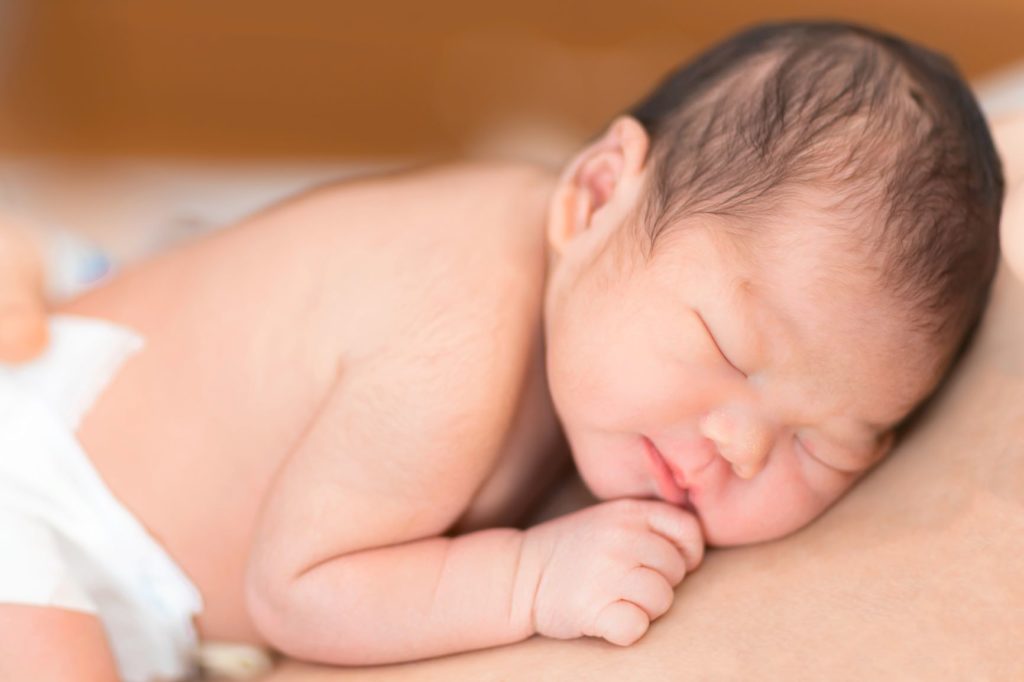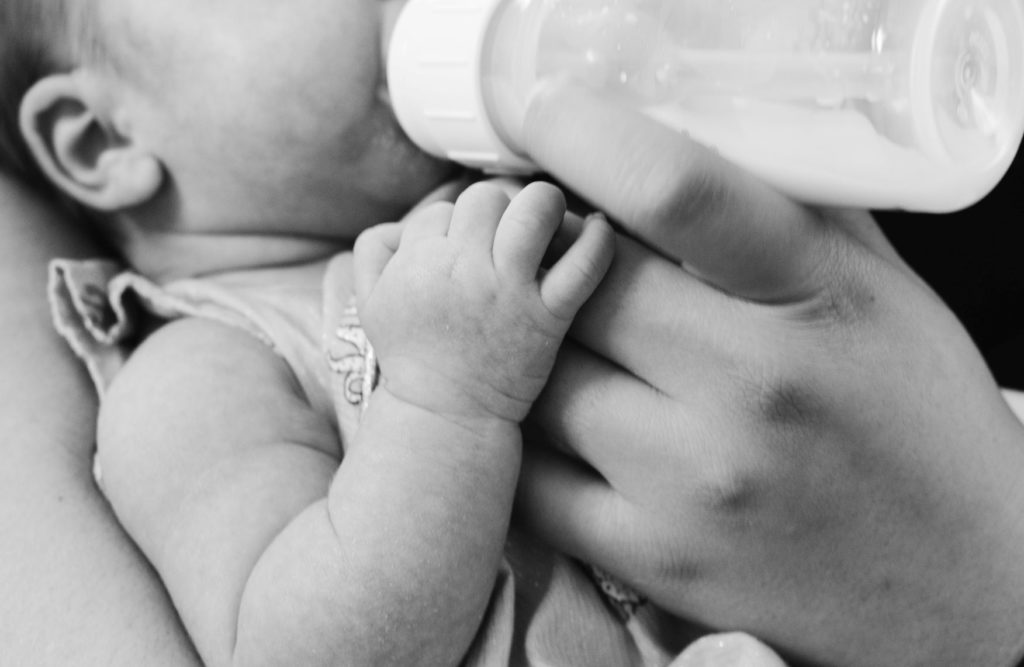
CRITICAL HEALTH & SAFETY DISCLAIMER
mothernity.co.uk is a platform for informational and educational purposes only. This content is based on general research and experienced parent insight and is NOT a substitute for professional medical advice, diagnosis, or treatment. Always seek the advice of your qualified healthcare provider (GP, midwife, or consultant) with any questions you may have regarding a medical condition or before making changes to your health plan or treatments. Never disregard professional medical advice or delay seeking it because of something you have read here.
Bringing your newborn baby home is a wonderful experience, and much of your time is spent gazing at your little one. Often, you’ll find them sleeping, and as a parent, you might ponder their sleeping habits. Are they dreaming? Why do they sleep with their arms up?
Experts suggest that babies adopt the arms-up sleeping position for various harmless reasons.
The “Starfish” Position
Your baby might naturally prefer slumbering on their back with their arms raised, a posture known as the “starfish” position. This tendency doesn’t warrant concern. While tales tell of frequent night awakenings, babies usually settle back into sleep if you hold them for a short while.
The Moro Reflex
Another explanation for the arms-up position is the Moro reflex, an instinctive startle response common in all newborns. Noise can easily trigger this reflex. When startled, a baby swiftly lifts their arms, but this subsides as they realise there’s no imminent danger. The Moro reflex stems from their inability to discern between sounds, making many noises appear alarming during this developmental phase. Typically, the Moro reflex fades around 3 months (though some babies might retain it until 6 months).
If you’re concerned that your baby’s arms-up posture is affecting their sleep, swaddling can be a useful technique. Swaddling restrains their arm movements, potentially leading to longer, more restful sleep for both of you, but it must be done correctly. For safe swaddling, begin with a thin, breathable blanket (muslin or cotton) and position the baby’s shoulders above the top fold. Crucially, the legs must be loose and able to move in the “frog-leg” position to avoid hip issues – never force them straight. Wrap the blanket firmly across the chest (over the arms) and secure the bottom to form a loose foot pocket. Always follow the Two Fingers Rule to ensure the chest fabric isn’t too tight, and stop swaddling immediately once your baby shows any sign of attempting to roll.
Go to Essentials | Visit the Baby page for more routine and care advice.



